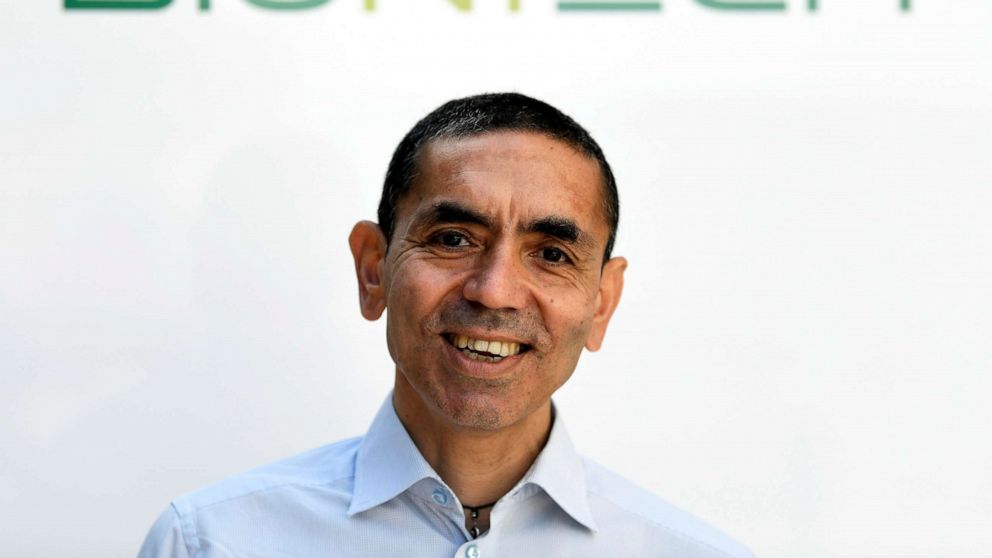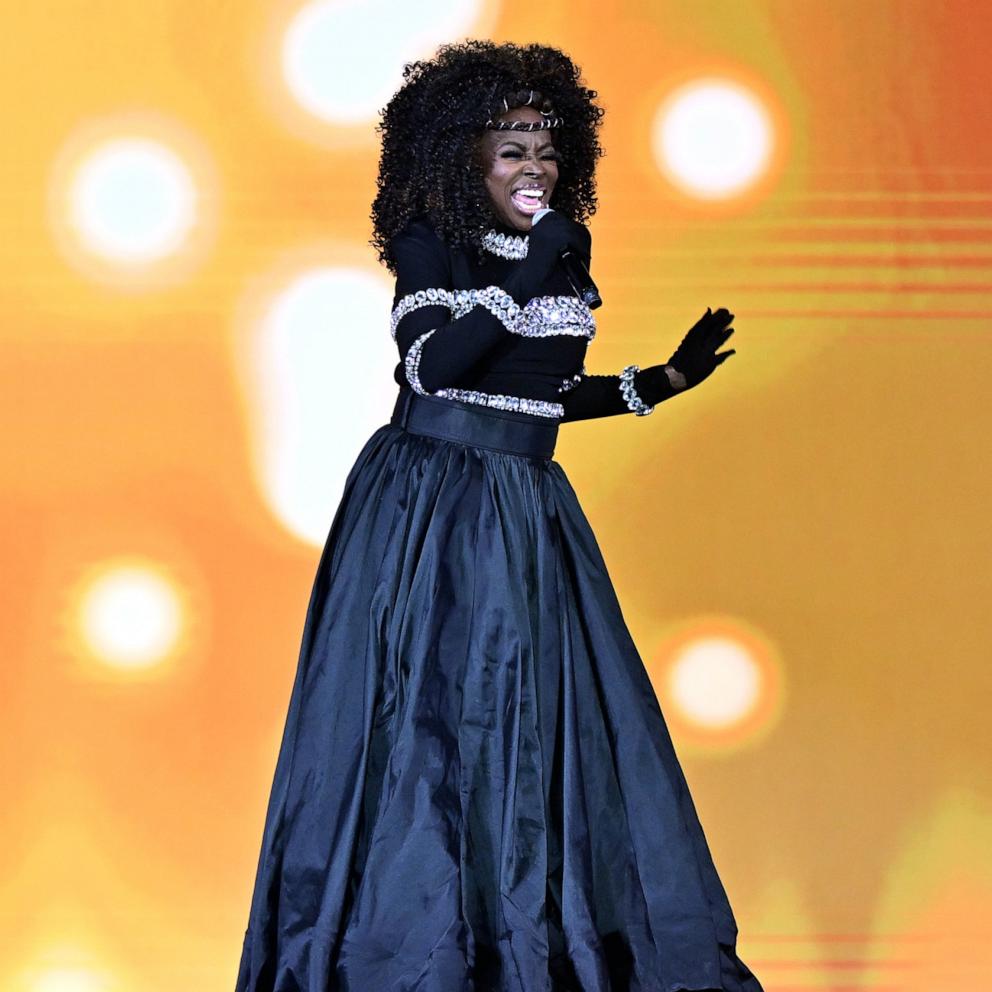BioNTech CEO explains Pfizer COVID-19 vaccine, plans for FDA approval
Pfizer and BioNTech announced that their COVID-19 vaccine has proven to be more than 95% effective on Wednesday. BioNTech's co-founder and CEO spoke to ABC News about what makes the vaccine different and why there will be "advantages" to getting one.
"These are extraordinarily positive results," Ugur Sahin told ABC News' Diane Macedo. "Ninety-five percent efficacy means, in layman words, that if you are vaccinated, then the risk for COVID-19 is 20-fold lower as compared to someone who is not vaccinated, and this is a dramatic reduction in infectious disease risk."
The phase 3 trial conducted by the partnering companies included over 43,000 volunteers. It was proven to be equally effective across all race and ethnic groups and over 94% effective in adults ages 65 and older, according to a press release.
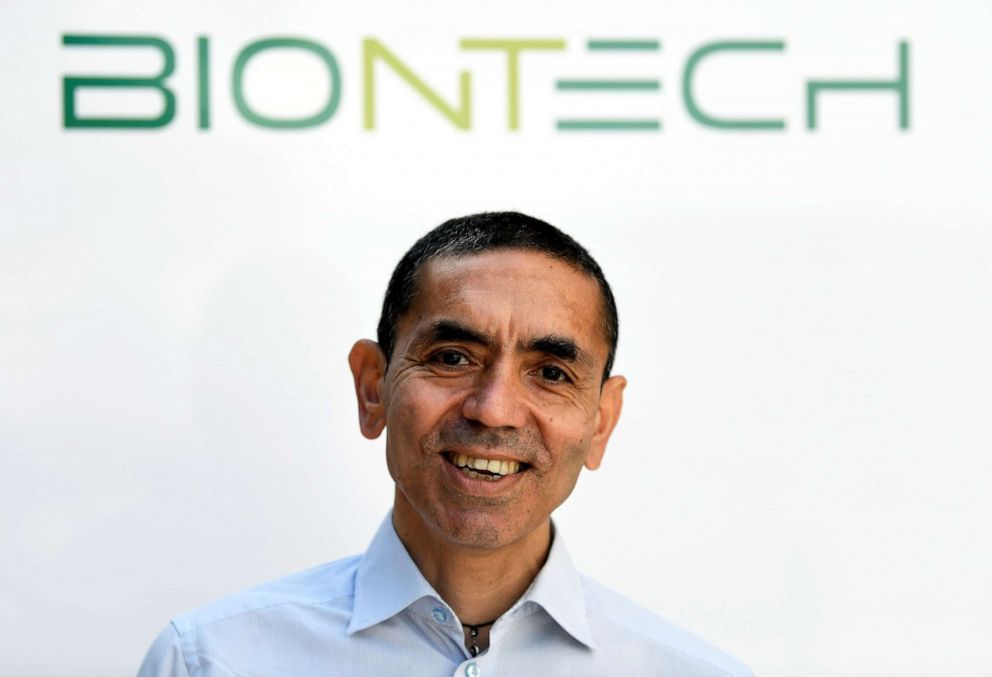
Sahin said this facet of the results was "most exciting" since "usually it is known that vaccines don't work as good as in younger adults, and the results show that this new technology ... appears to work as well in elderly people as young adults."
Pfizer and BioNTech's vaccine -- along with Moderna's -- use technology never before used outside of medical research to introduce viral genetic material into the body, prompting the immune system to mount a response. It's different from older vaccines, many of which use dead or weakened versions of an actual virus.
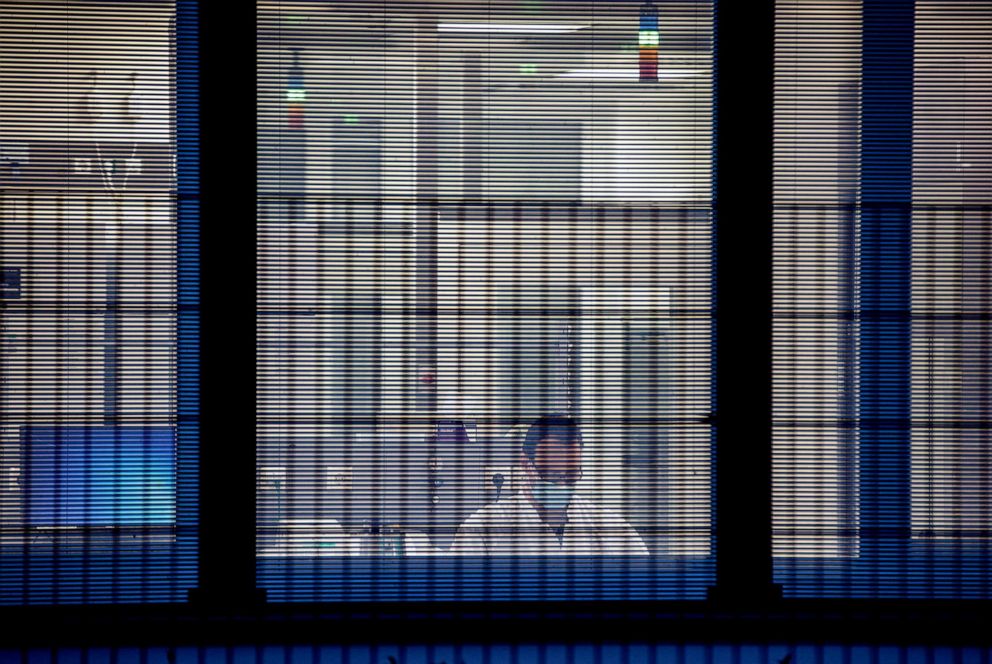
Sahin said this technology, which introduces messenger RNA, or mRNA, into the body, had been in development for many years and that they had been collaborating with pharmaceutical companies to use it for other vaccines, like the flu, by 2023. He said the emergence of COVID-19 accelerated those plans.
"Given the situation with the pandemic, we decided to use this technology because it comes with such a promise to be fast and to enable fast development of vaccines," he said.
Pfizer said its goal is to produce 50 million doses of the vaccine by the end of the year. Half of those would be distributed throughout the United States and the other half in Europe. Those vaccine doses would then be split in half again as each person needs two doses.
Side effects of the vaccine were mild. The most common were fatigue, headache and fever. Sahin said these symptoms were normal as part of the immune response and that they "mimic the safety profile" of other well-tolerated vaccines.
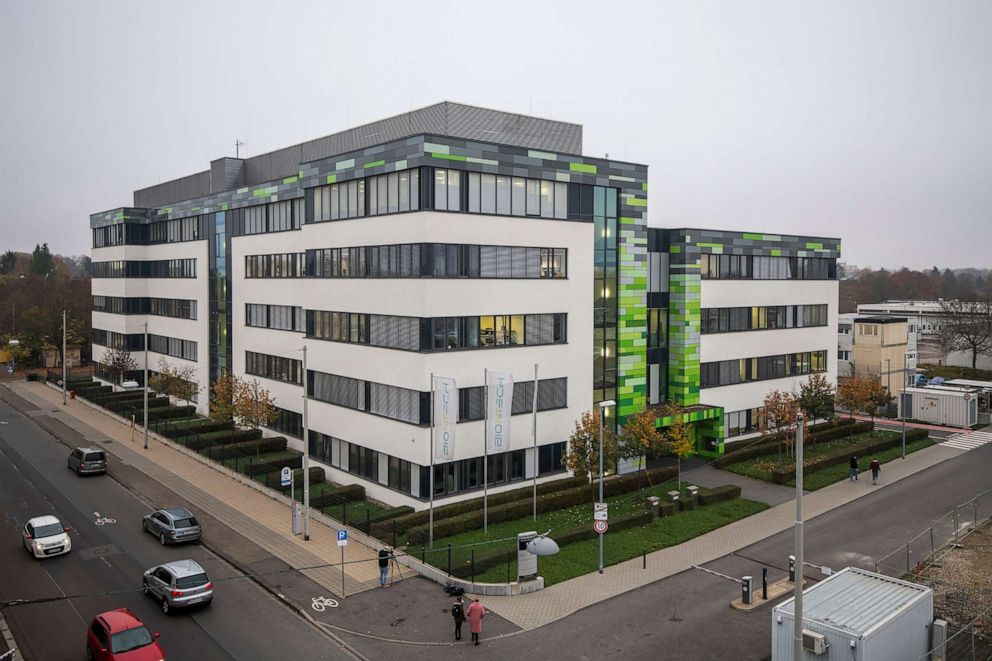
The companies plan to submit their safety data to the Food and Drug Administration by the end of the week, Sahin said, adding that they hope the vaccine will be granted emergency use authorization by December or early next year. He also said that by March, other vaccines might be approved and distributed, enabling 60% to 70% of the population to get vaccinated by fall 2021.
"So I expect the most difficult time ... is this winter until March, maybe April, and then the supply of the vaccines will help to get initial control of the situation and full control might be accomplished [by the] end of the summer next year, so we can have a normal autumn and winter 2021," he said.
He acknowledged that many people are skeptical of taking the vaccine, but said the companies would make the safety data available. He also said that once the vaccine is rolled out, their data set regarding the vaccine's efficacy would grow -- from tens of thousands to millions of people.
"Having the vaccine provides a lot of freedom, because if someone is vaccinated, their risk is dramatically reduced for infection," Sahin said. "So being vaccinated comes with a lot of advantages, and I expect that people seeing if the vaccine is really well-tolerated in this last population, even skeptical people will convince themselves to take the vaccine. And if we are able to convince 60%, 70% of people to take the vaccine, we could really get an immunity sufficient to avoid further large outbreaks."
ABC News' Sony Salzman, Molly Shaker, Caitlin Fallon, Joshua Ascher and David Hatcher contributed to this report.
